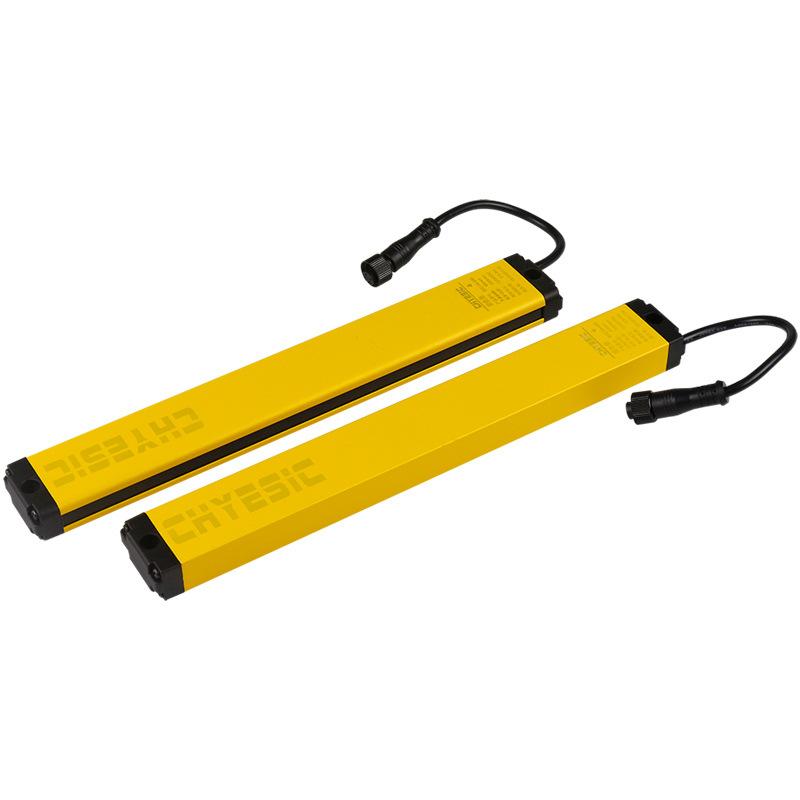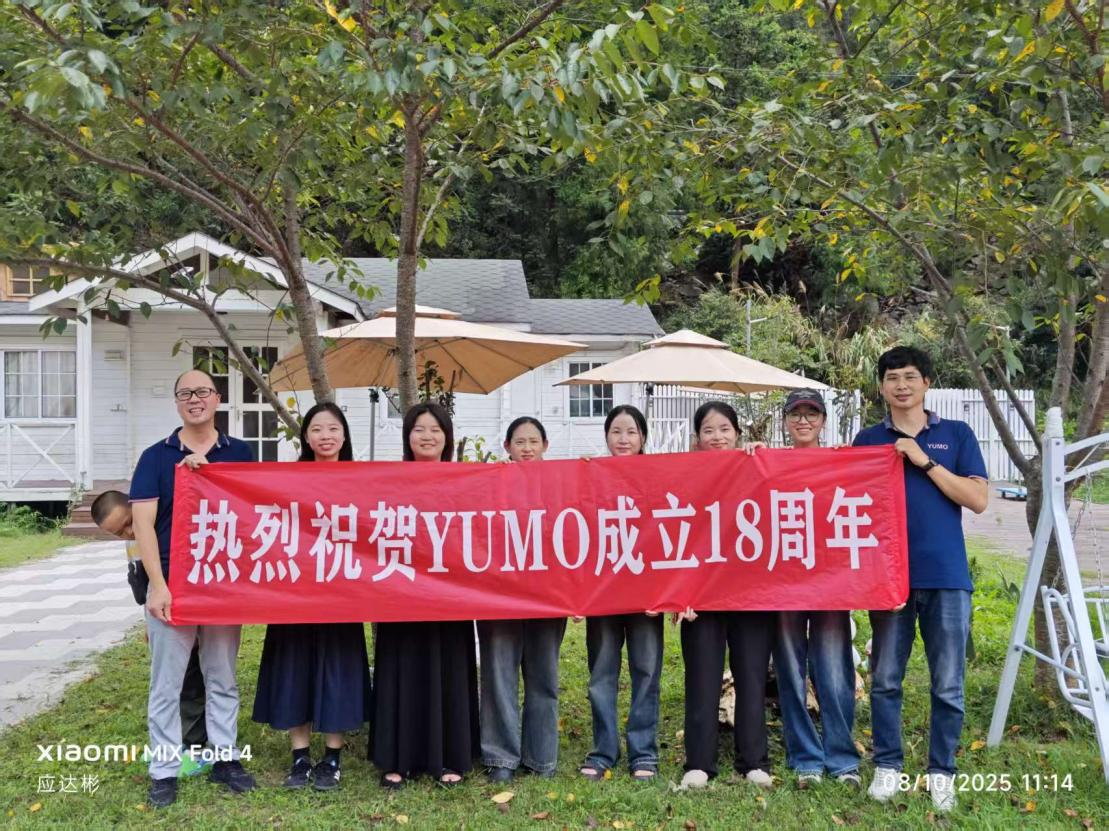How do safety light curtains work?
 10 Oct 2024 click : 924
10 Oct 2024 click : 924Safety Light Curtain is a photoelectric sensor used for the safety protection of mechanical equipment, also known as a photoelectric barrier. The principle of the safety light curtain is mainly based on photoelectric sensing technology, especially infrared sensing technology. Its working principle can be elaborated in the following aspects:
1. Basic composition
The safety light curtain usually consists of multiple photoelectric transmitters and receivers. These components are precisely arranged in a straight line or plane at a certain interval, and together construct an invisible light barrier (or light curtain). The transmitter is responsible for emitting infrared light beams, while the receiver is responsible for receiving these beams.

2. Working process
Transmitting stage: The transmitter emits a series of fast-flash infrared light pulses, which form a light curtain. Infrared light is an invisible electromagnetic radiation that does not cause any harm to the human body. The light curtain can be horizontal or vertical, and is configured according to specific application requirements.
Receiving stage: The receiver will continue to receive the light beam and detect the strength and other properties of the light beam through the infrared sensor. When no object or person enters the area covered by the light beam, the intensity of the light beam received by the receiver will be in a stable state.
Detection and response: When an object or person enters the area covered by the light beam, the light beam will reflect or scatter on the object, causing the intensity of the light beam received by the receiver to change. The infrared sensor inside the receiver can sense this change and convert it into an electrical signal. The receiver then sends the generated electrical signal to the controller.
Judgment and execution: The controller analyzes the properties of the electrical signal and makes a judgment based on the preset safety parameters. If an object or person enters the protected area, the controller will immediately trigger the emergency stop function to stop the operation of the equipment related to the light curtain to prevent potential danger and injury.
3. Detection method
The working principle of the safety light curtain can be realized in two ways: linear scanning and cross scanning:
Linear scanning: Suitable for certain specific scenarios, its detection method is relatively simple.
Cross scanning: It is favored for its higher detection accuracy. In this way, multiple transmitters and receivers are arranged in a cross manner to form a denser light curtain, thereby improving the accuracy and reliability of detection.
4. Environmental adaptability
The design of the safety light curtain also fully considers the interference of environmental factors, such as light intensity changes, dust pollution, etc. By adopting design measures such as high protection level and anti-light interference, the stability and reliability of the light curtain can be ensured, and it can work normally even in harsh working environments.
5. Application field
Safety light curtains are widely used in the field of industrial automation, providing efficient and reliable safety protection for the workplace. It can be used to protect workers from accidental injuries of mechanical equipment, and can also be used to intercept impurities and abnormal objects during operation to achieve safety control.
In summary, the safety light curtain realizes real-time monitoring and effective control of dangerous areas through photoelectric sensing technology, providing strong protection for safe production in the workplace.





